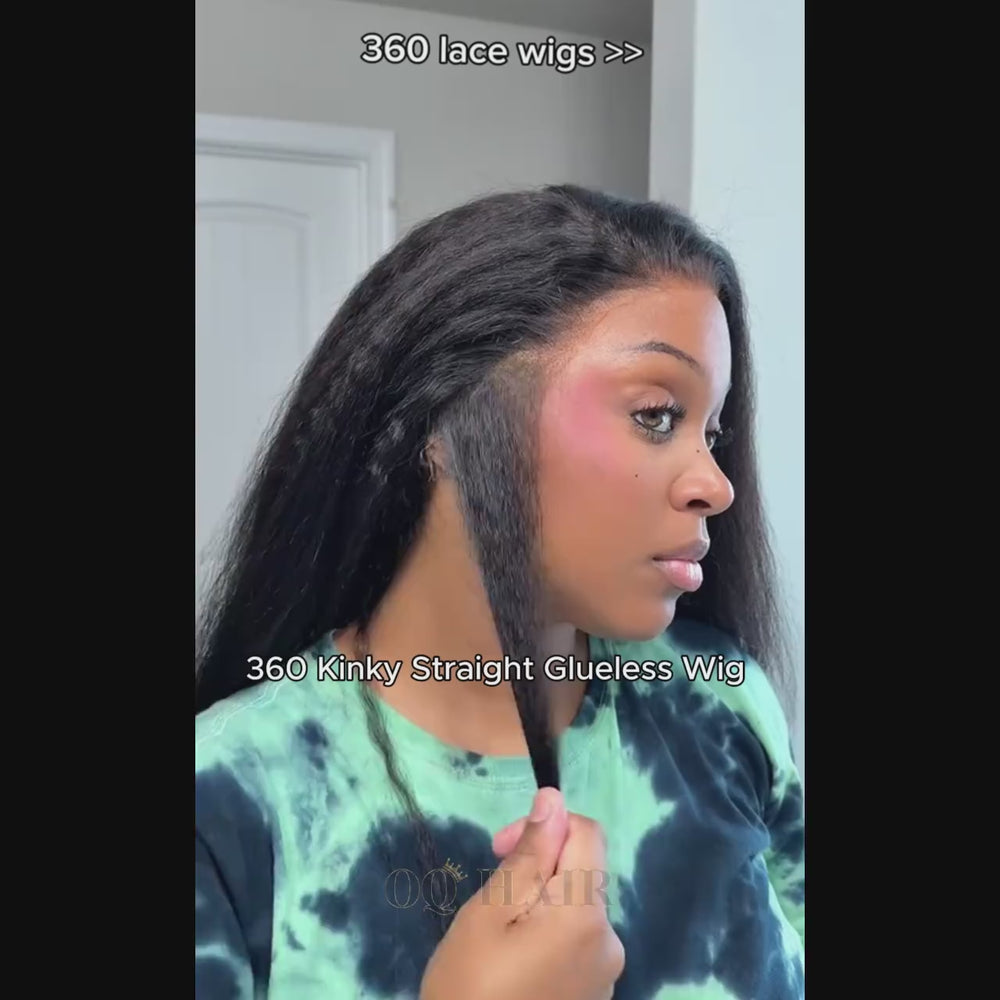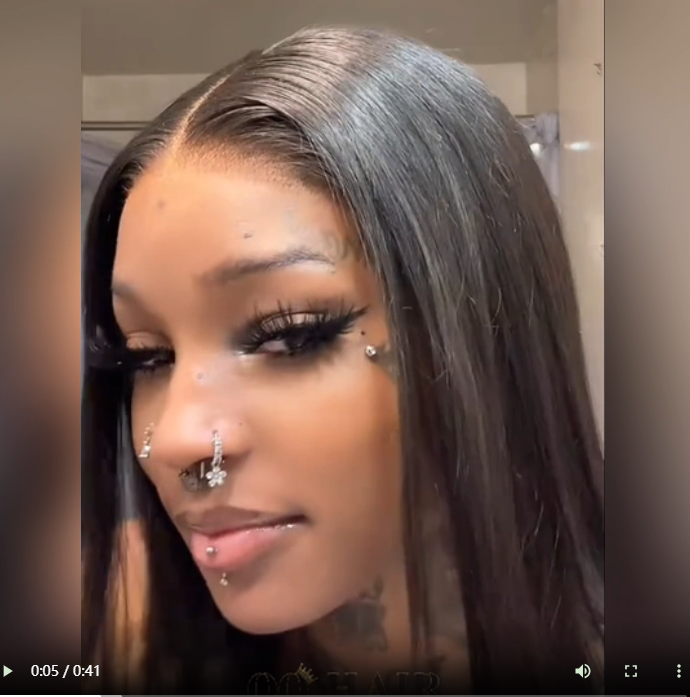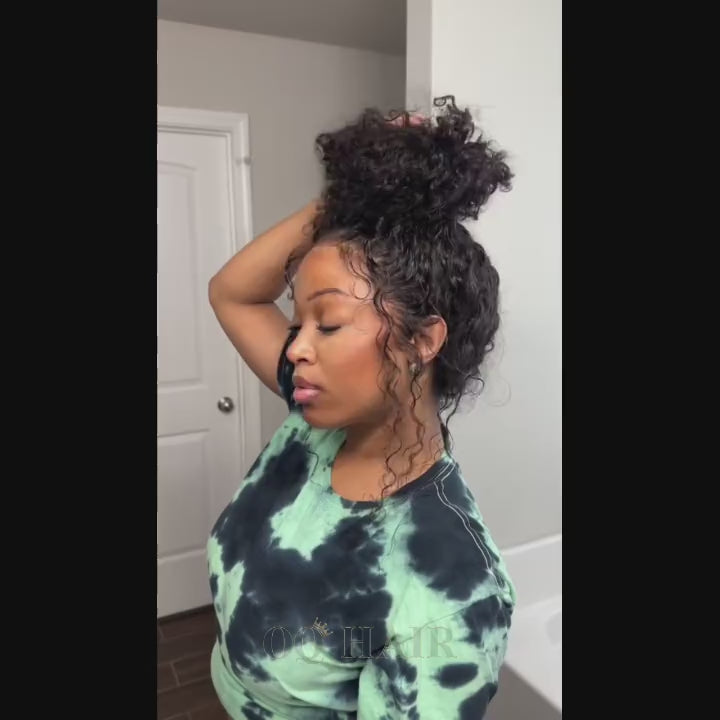How to Put on a Wig with Long Hair
Wearing a wig, particularly if you have long hair, may initially appear challenging, but with the correct approach and some practice, it can become surprisingly manageable. Fear not! In this blog, we'll guide you through the process of seamlessly putting on a wig while maintaining your long hair.

How to Put on a Wig with Long Hair
1. Clean Your Natural HairIf you intend to wear a wig for an extended period, your natural hair may become dry. Therefore, make sure to thoroughly cleanse and prepare your hair before donning the wig. This not only facilitates easier styling but also contributes to a smoother appearance. Apply a leave-in conditioner or hair oil to keep your hair moisturized and nourished while it's concealed beneath the wig.
2. Detangle Your Hair
Detangle your hair gently using a wide-tooth comb or a detangling brush. Start from the bottom and work your way up to avoid causing any breakage or damage.
3. Section Your Hair
Section your hair based on where you plan to place the wig. If you're leaving out some of your natural hair around the edges, separate the hair in the front and sides. This will help you create seamless partings and prevent bumps.
4. Braid Your Hair into Protective Style
If you have thick or voluminous long hair, consider braiding it close to your scalp. This will create a flatter surface and prevent any bulges under the wig. Here are 4 protective braid patterns:
- Cornrows: Braid your hair into cornrows. The cornrows should be flat against your scalp and tight enough to stay in place but not too tight to cause discomfort. You can choose to make them chunky or flat, depending on your preference.

- Flat Twists or Two-Strand Twists: Instead of cornrows, you can create flat twists or two-strand twists throughout your hair. These twists lie flatter against the scalp and can provide a smooth base for the wig.

- Braiding in a Circular Pattern: Rather than braiding the hair straight back, you can try braiding it in a circular pattern around the head. This technique can help distribute the hair more evenly and minimize any bumps.

- Ponytail: Ponytail is one of the simple hairstyles you can do to wear a wig with long hair. It conceals your natural hair easily. To start, gather your long natural hair into two low ponytails. Adjust the ponytails to your comfort if needed. Next, take the two ponytails crossed over your head, and pull and position the end of your hair near your forehead. You can use bobby pins to secure it.

Secure the cornrows or other braids with bobby pins or clips. Make sure they are flat against your head and well-secured, so they don't create bumps under the wig.
Tips: Braids ensure the hair is compressed and held close to the scalp, reducing any potential bumps or lumps that may form under the wig. Moreover, it helps to distribute the weight of the wig evenly across the head, making it more comfortable to wear for longer periods without causing any headaches or discomfort.
However, It is important to strike a balance and not make the braid excessively tight, as it could cause tension or damage to the hair and scalp. It's crucial to listen to your body and adjust the tightness if it feels too uncomfortable or painful.
6. Apply Edge Control
Use edge control or gel to smooth down your edges. This will give a neater appearance and allow your edges to stay out if desired.
7. Wear a Wig Cap
A wig cap is a specialized cap designed to secure and shield your natural hair. It serves the dual purpose of ensuring your hair stays in place and providing a flat surface for the wig to rest upon.
Here are simple steps for how to put on a wig cap:
- Step 1: Grab the wig cap and stretch it over your hands, just like you would with a pair of stockings. This helps to open up the cap and make it easier to put on.
- Step 2: Tilt your head slightly forward and place the open end of the wig cap at your forehead. It should be just above your hairline.
- Step 3: Gently pull the wig cap back over your head, ensuring that it covers your entire head and all your hair is tucked under it. The cap should fit snugly but not too tightly, as you want to be comfortable.
8. Finished the Wearing
Adjust the wig cap to make sure it feels comfortable and secure on your head. Smooth out any lumps or bumps if necessary. To prevent the wig from sliding, use a band or attachment (such as a stretchy headband) around the wig cap. This will provide something for the wig pins or bobby pins to hold onto.
Conclusion
Putting on a wig with long hair doesn't have to be a complicated process. With proper preparation and the right technique, you can achieve a natural and stylish look while enjoying the versatility of wigs! Go and try it!
Read More
A Guide to the Different Types of Wigs









